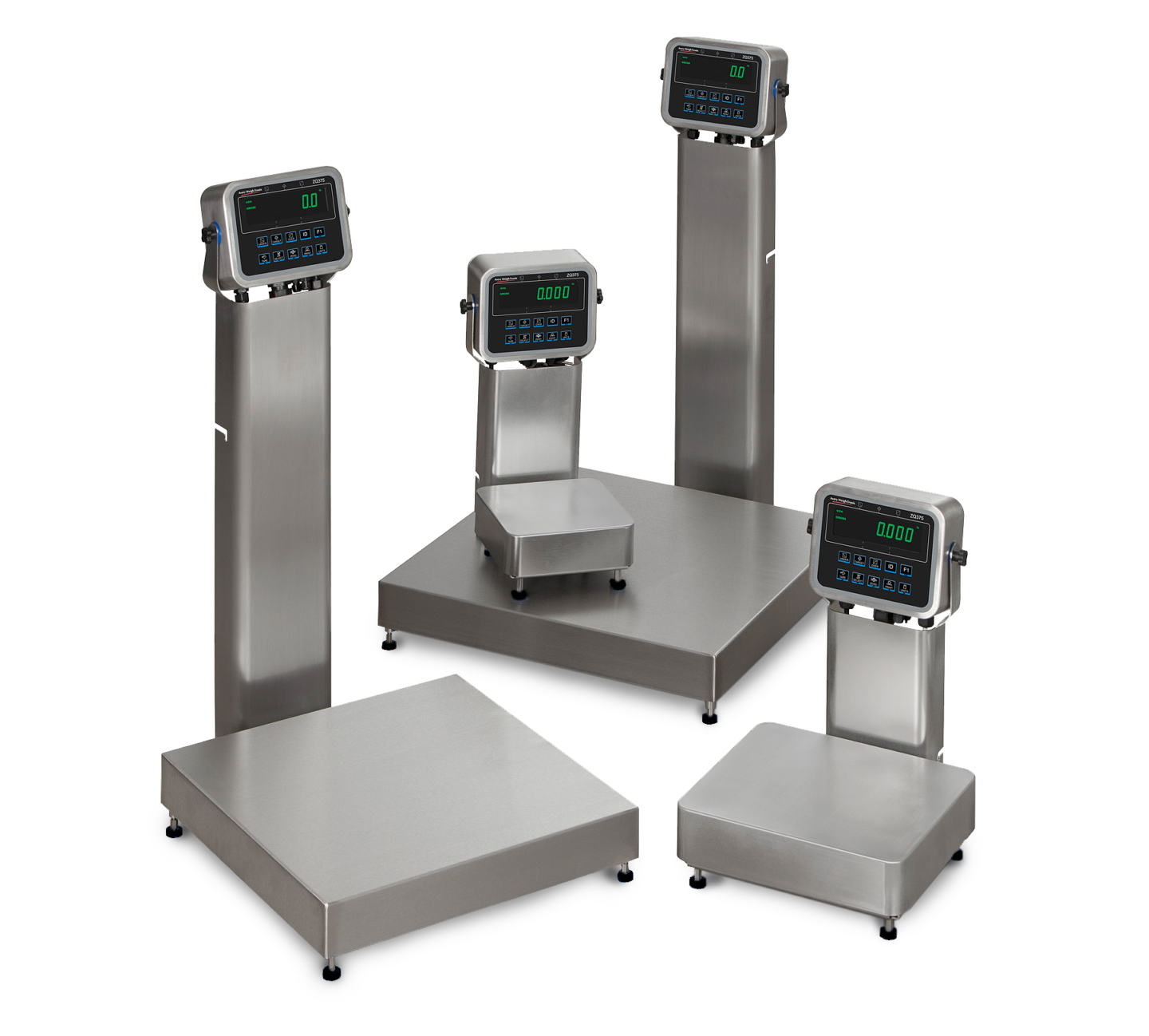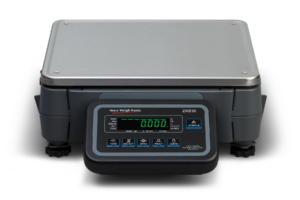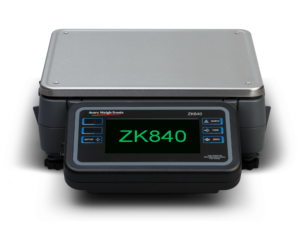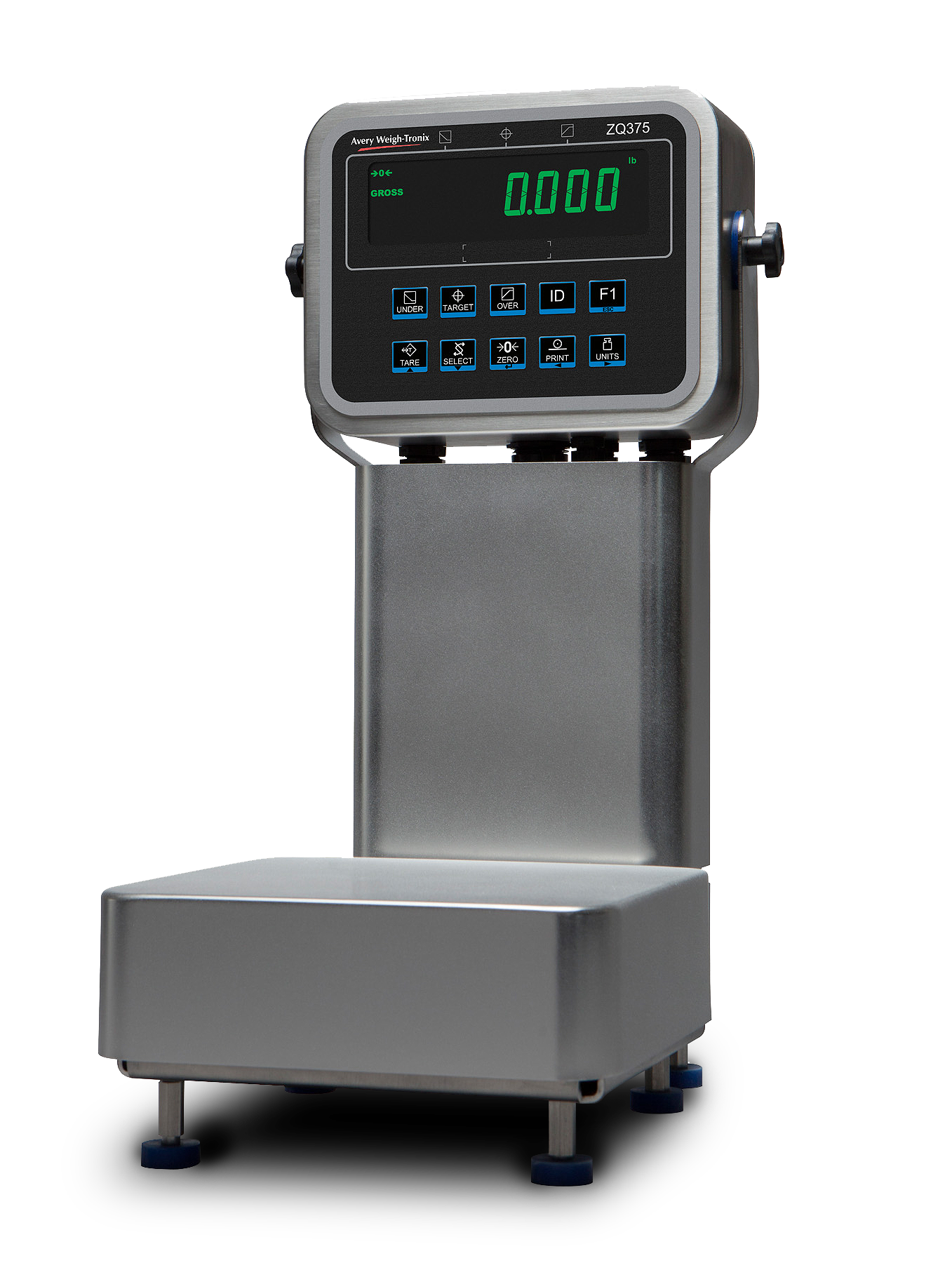
Avery Weigh-Tronix checkweighers feature stainless steel enclosures and are sealed up to, for washdown situations.
These checkweighers are ideally suited for food and beverage applications, as well as pharmaceuticals, transportation and many others.
With easy to use operator interfaces, users can clearly see the target level, speeding up operation without jeopardizing accuracy. Our checkweighers offer multi-connectivity and can be can connected with existing data systems for automatic reporting.
What is a Checkweigher and where are they used
Avery Weigh-tronix offer a range of different high resolution static checkweighers for use in both robust industrial environments to fully hygienic food contact food processing lines.
Understand fully what to look out for when buying a new checkweigher can help simplify the product selection process. Today most checkweighers are mainly used in a fast repetitive weighing application to:
- Guarantee the product being sold remains within the correct weight range agreed by the customer.
- To help reduce unwanted giveaway which costs money.
- To stop products being rejected and returned due to them being underweight.
- Used to check finished products by weight to make sure no components are missing.
- If legal for trade, they are used on the end of a production line to calculate price for labeling.
- They are used as vital QA inspection spot check step within a process line to guarantee the line remains as efficiently as possible and to help spot for any potential line failures well before they happen.
- Used to help gather vital weight data to spot trends on a busy process or production line to drive efficiency improvements.
Today a lot of process lines use a mixture of checkweighers types within their line for different reasons.
- The static Checkweighers are normally used in areas where raw meats, fish or soft fruits need to be processed by hand or where soft fruits need to be packed carefully to avoid bruising. Static checkweighers are also heavily used by QA inspectors to regularly monitor and check the product stays within tolerance at different steps of the process to guarantee the production line continues to run smoothly.
- In-motion checkweighers are normally used closer to the end of the process line as a final check after the goods have already been packed.
- Multi head Carousel Checkweighers are mostly used on fully automated packing lines and work by quickly building up the required packed weight from 8 to 16 mini weight head scoops. The scale quickly calculates the weight on which scoops and only tips in the scoops that add up to the correct final packed weight.
Avery Weigh-Tronix today specialize mainly in static Checkweighing applications to provide a fast and simple operator visual to help quickly identify when goods are within the correct weight band.
Our Static checkweigher products have been fully designed around food processing applications to help improve operator speeds & efficiencies.
Our checkweighers come with dedicated color Under / Over / Accept weight visuals to assist the operator while providing other valuable Statistical weigh data that can be gathered in the background.
ZK Industrial High resolution static Checkweigher: with its 1 million division displayed resolution and its robust 1100% overload and shock load protection means this robust solution can provides valuable digital balance accuracy even within a harsh industrial environment.
ZQ Food process static Checkweighers provide a full range of NSF ANSI 3A approved fully stainless-steel Checkweigher solutions that are ideal for use on any busy meat cutting floor, food process line or Quality inspection station. Designed to be completely food safe and easy to clean with its IP69K 304 stainless steel indicator and torsion base design that provides well over 500% overload and shock load protection.
Special dedicated ZQ Quality inspection Programs like X bar R, Standard deviation, and ZQ percentage weight gain Checkweighing can be used to help monitor and track the smallest amount of weight change seen within a process to help keep the process line or machinery working as fast and efficiently as possible.



 United States
United States  United Kingdom
United Kingdom  Canada
Canada  Canada (fr)
Canada (fr)  India
India  Malaysia
Malaysia  Ireland
Ireland